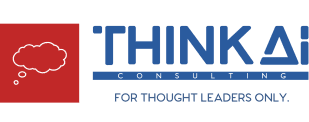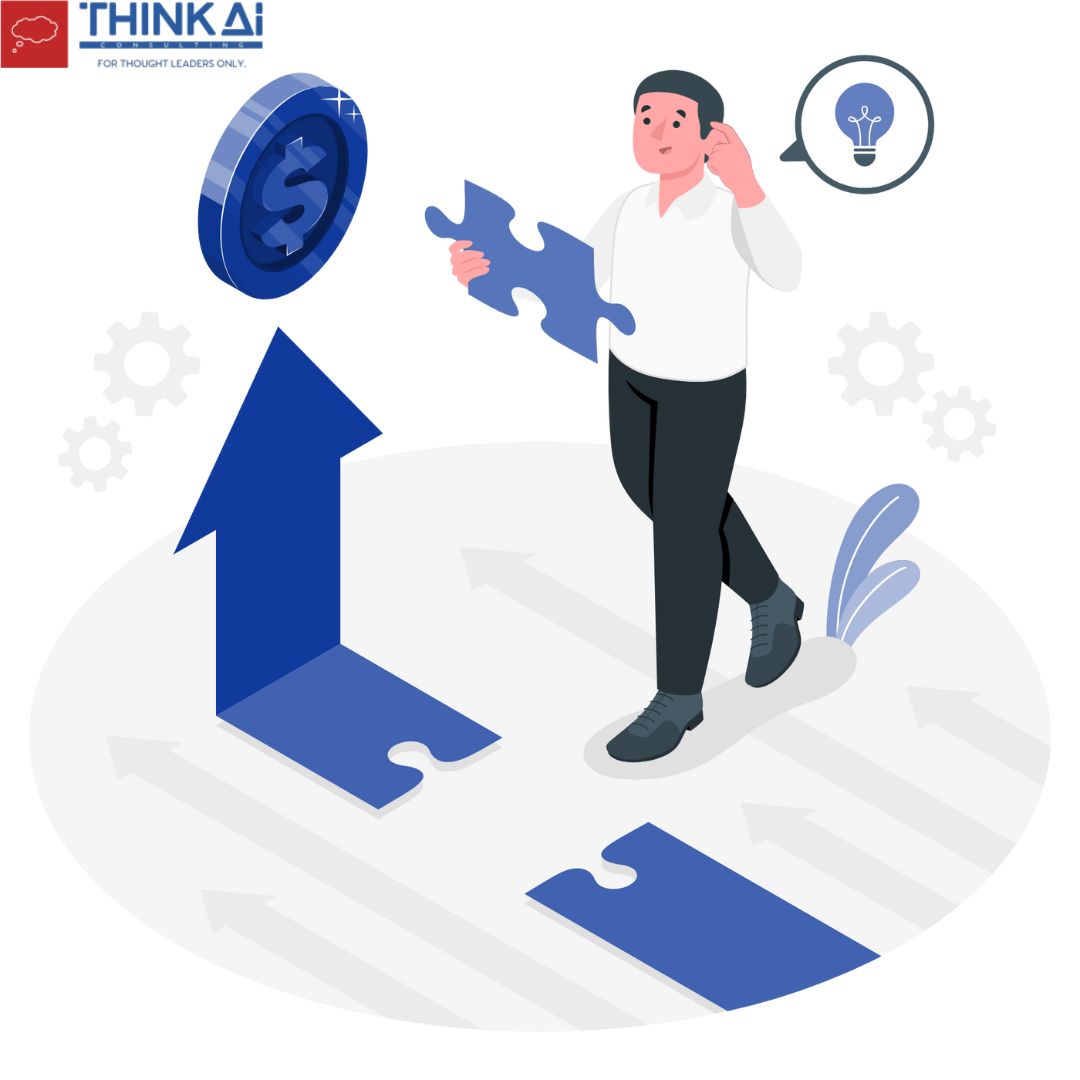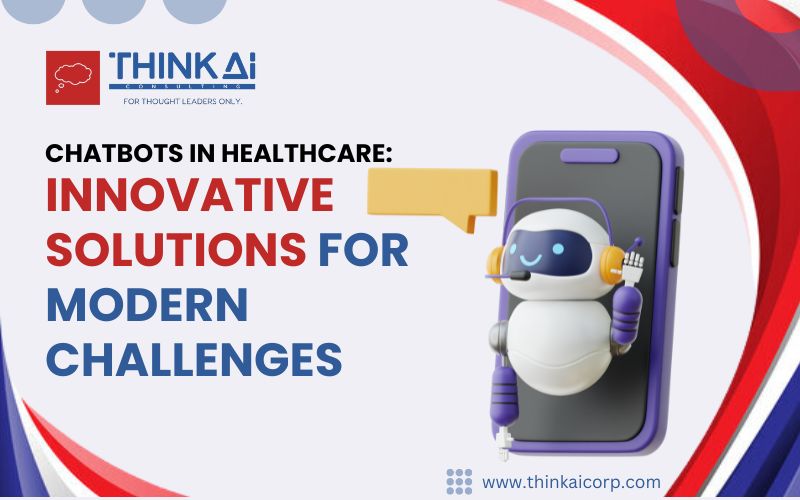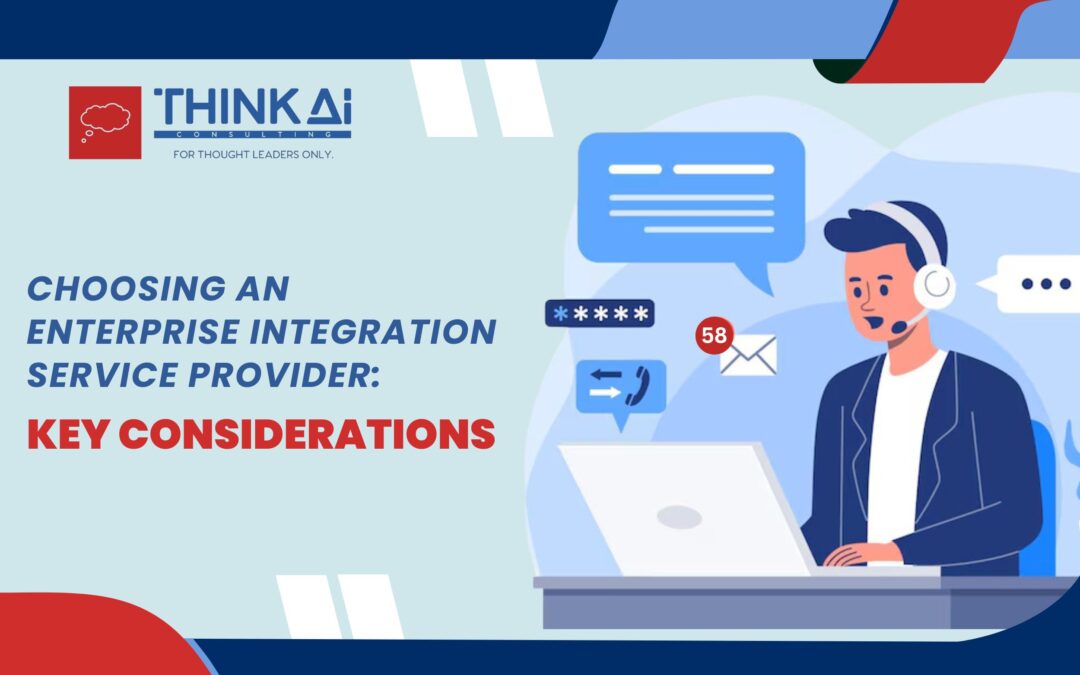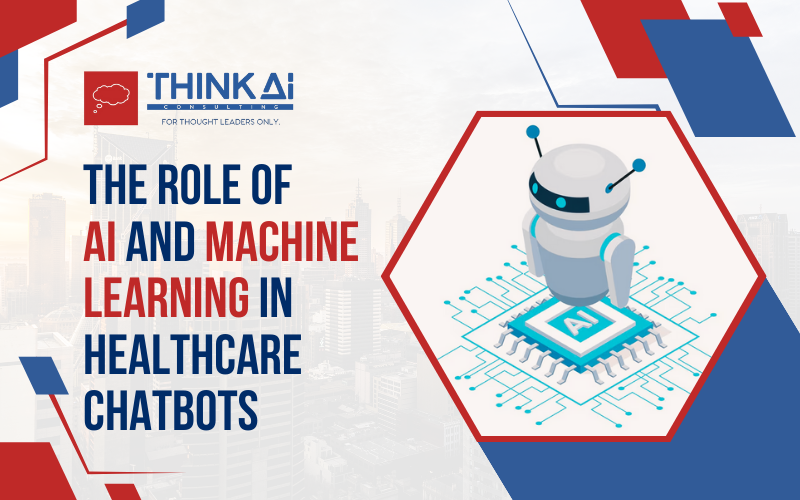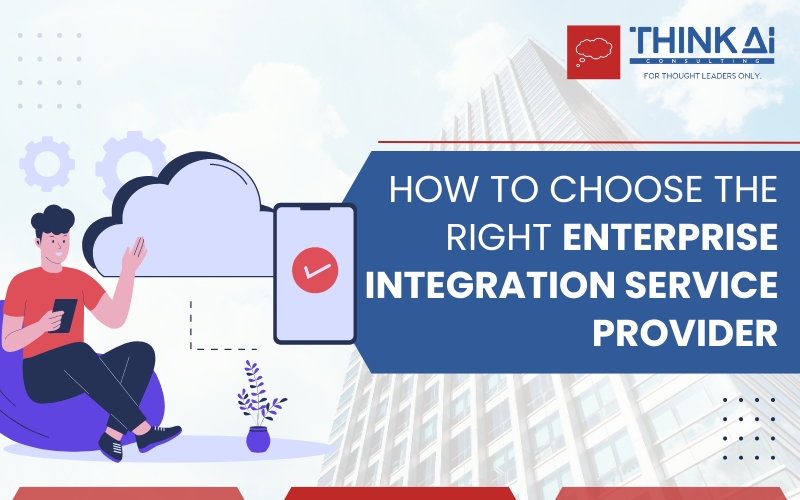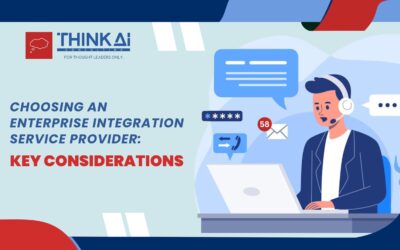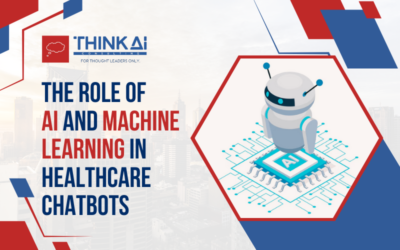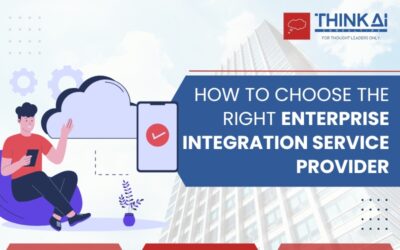A Business Intelligence Roadmap is a method to determine how to best adapt your organization’s business intelligence (BI) strategy. The roadmap focuses on data management and the processes of data warehousing and business intelligence implementation.
BUSINESS INTELLIGENCE ROADMAP PROJECT OVERVIEW
A Business Intelligence (BI) Roadmap Project is the first step in any successful implementation of a data warehouse and business intelligence solution. The project will put together a high-level plan for the implementation of data warehouse and BI solutions based on your organization’s needs, goals, and objectives. It will also help you determine which business areas are best suited for each type of BI tool or technology so that you can choose the best fit for your organization going forward.
With this information in hand, you can then move forward with an implementation plan that meets those needs while minimizing risk by focusing on certain areas where additional attention is required but not duplicating efforts by addressing other areas that do not require as much attention or investment at this time.
ORGANIZATIONAL ASSESSMENT
The next step in the Data Warehouse and Business Intelligence implementation is an organizational assessment. This will help you determine what data needs to be collected, how to evaluate the current state of your organization, and where gaps exist in your information architecture.
Think about what information could be useful for different departments or teams within your company; it’s not only limited to sales data but also includes customer service and support information, human resources data, marketing data, finance data, etc. As a result, we recommend that companies start by creating an inventory with all these different categories of information and then identify which ones are most critical for their business operation.
ENTERPRISE DATA MODELING AND DATA ARCHITECTURE ASSESSMENT
Data modeling and data architecture are crucial parts of a successful BI implementation. The reason they need to be done well is that you have to have a good understanding of the problem you’re solving before you can properly solve it.
The assessment looks at three main areas:
- Business requirements, including business questions and KPIs that need answering
- Data sources available for analysis, including both internal and external data sources
- Data models currently in use (including existing source tables and their relationships; ad-hoc reports written using various tools such as Excel or Access; any other artifacts like ETL scripts)

TECHNICAL ARCHITECTURE ASSESSMENT
It is important to understand the technical architecture of your business intelligence environment, as it will determine how your data warehouse and other components are built.
The following points should be considered when assessing a company’s technical architecture:
- What’s in place? Identify all existing infrastructure and software technologies used throughout the business. This includes servers, databases, programming languages, etc.
- How do they interact? Document each component’s purpose and how it interacts with other components in the stack (e.g., databases talk to upstream systems through API calls).
- Which ones work best together? Determine whether there are any gaps between where you are now and where you want to go by evaluating which solutions have been tried out in comparable environments as well as what other companies within your industry have successfully implemented.
DATA WAREHOUSE ASSESSMENT
The Data Warehouse Assessment is an important part of the Business Intelligence Roadmap process. The assessment identifies the current state of the data warehouse, including processes and procedures in place, as well as areas that need improvement. It provides a benchmark to compare against later in your project when you are reviewing and determining what to do next.
The Data Warehouse Assessment will also help you determine if your current system needs upgrading or migrating to another platform altogether. If this is the case then we recommend using our Data Migration Service along with our Business Intelligence Roadmap service to guide you through this process seamlessly!
ETL TOOL REVIEW AND ASSESSMENT
ETL tools are used to extract data from a variety of sources and load it into a data warehouse. They are also used to transform the data, cleanse it and load it into the data warehouse. ETL tools create the meta-data to map each source system to its corresponding target system in the DW.
There are many ETL tools available such as Informatica, DataStage, Pentaho Data Integration (Kettle), Talend Open Studio (formerly called Segue), EMC Greenplum, IBM ILOG’s Maximo Enterprise OLAP Server (MEOS), and Oracle’s AQWL Toolkit for SQL Developer; just to name a few.
REPORTING, ANALYSIS AND DASHBOARD REVIEW, AND ASSESSMENT
The next step is to review the existing reporting, analysis, and dashboard capabilities. This includes reviewing all the reports, dashboards, and analysis tools currently in use. It’s important to remember that these tools may not be sufficient for your organization’s needs. For example, if you want to analyze historical data but the only way you can do this is by creating a spreadsheet then there are gaps in your reporting capability.
Also, when reviewing existing reports consider whether they provide real-time information or just static data pulled from a database table at a specific time each day or week. Some organizations only look at their data once every 30 days because it takes too long if they want more frequent updates due to how long it takes for their old system (or spreadsheet) to refresh itself with new information.

Manish works primarily with implementing cutting-edge technology for thought leaders who can envision moving their company into the future of business. These technologies include application of Artificial Intelligence, chatbots, Business Intelligence, and Data Analytics through Power BI. He is your ideal partner to guide you through a complex technology transition in your business.
President of International Association of Microsoft Channel Partners (IAMCP) SoCal
Strong focus on customer service with a history of A++ client satisfaction
Awarded the 2019 IAMCP SoCal Partner Choice Award
Awarded the ABAOC 2019 Presidential Award of the year

